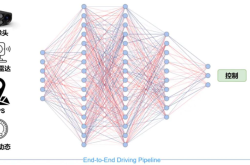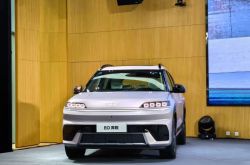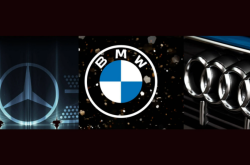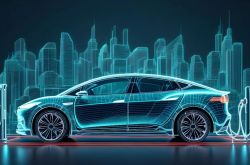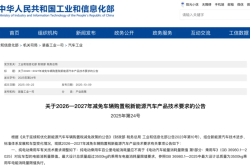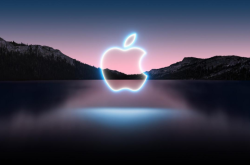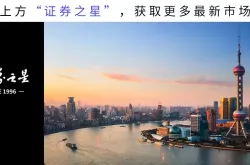The Once-Dominant German Luxury Cars Have Fully Lost Their Foothold in China: What Caused Their Decline in Popularity?
![]() 10/23 2025
10/23 2025
![]() 536
536
When we take a sweeping look at the global automotive market, German luxury cars undoubtedly stand as frontrunners. Since Mercedes-Benz pioneered the first automobile, German cars have become synonymous with automotive excellence, with BBA (Benz, BMW, Audi) being particularly revered as high-end icons in China. However, recent media reports reveal that these long-standing German luxury brands have fully lost their foothold in China. What has led to this sudden downturn in their popularity?
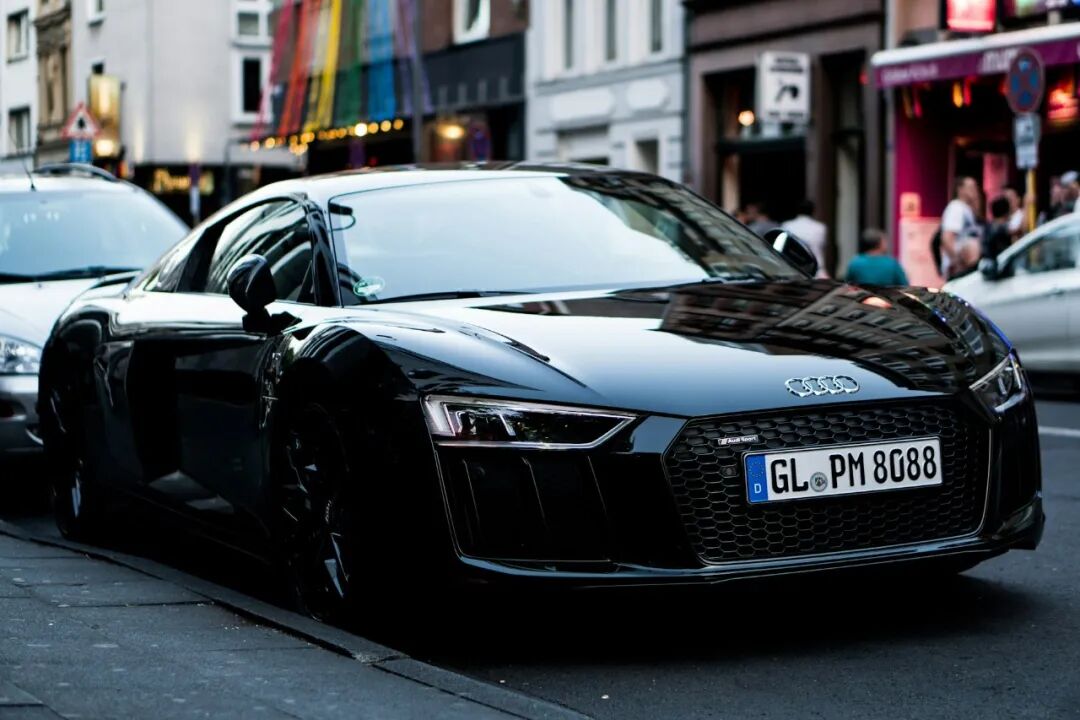
01 Have German Luxury Cars Completely Lost Their Foothold in China?
According to a Yicai Global report, after experiencing a sales slump in the first half of the year, German luxury carmakers' performance in the Chinese market failed to rebound in the third quarter.
Recently, BMW, Mercedes-Benz (hereafter referred to as 'Mercedes'), and Porsche unveiled their third-quarter sales figures. BMW's global sales rebounded with an 8.8% year-on-year increase, while Mercedes and Porsche still saw declines.
The Chinese market witnessed the most significant sales drop for German luxury carmakers. BMW's sales in other global markets rose in the third quarter, with only a 0.4% year-on-year decrease in China, totaling 147,000 vehicles. Mercedes and Porsche sold 125,000 and 11,000 vehicles in China, respectively, with year-on-year declines of 27% and 20.7%. Audi has not yet disclosed its third-quarter sales, but its first-half sales in China fell by 10.2% year-on-year (compared to BMW's 15.5% and Mercedes' 14% drops).
Mercedes faced particularly severe challenges in China this year, with the largest year-on-year sales decline among the announced German luxury carmakers in the third quarter. The second half of the year started off poorly for Mercedes, with Dongchedi data showing only 27,000 vehicles sold in July, a month-on-month drop exceeding 40%. This marked the first time in five years that Mercedes' monthly sales fell below 28,000, with even mainstream models failing to exceed 10,000 units.
Porsche's Chinese market sales have been on a downward trajectory in recent years. In 2024, Porsche delivered just 56,900 vehicles in China, a 28% year-on-year decrease. In the first three quarters of this year, sales reached 32,200 vehicles, a 26% year-on-year drop.
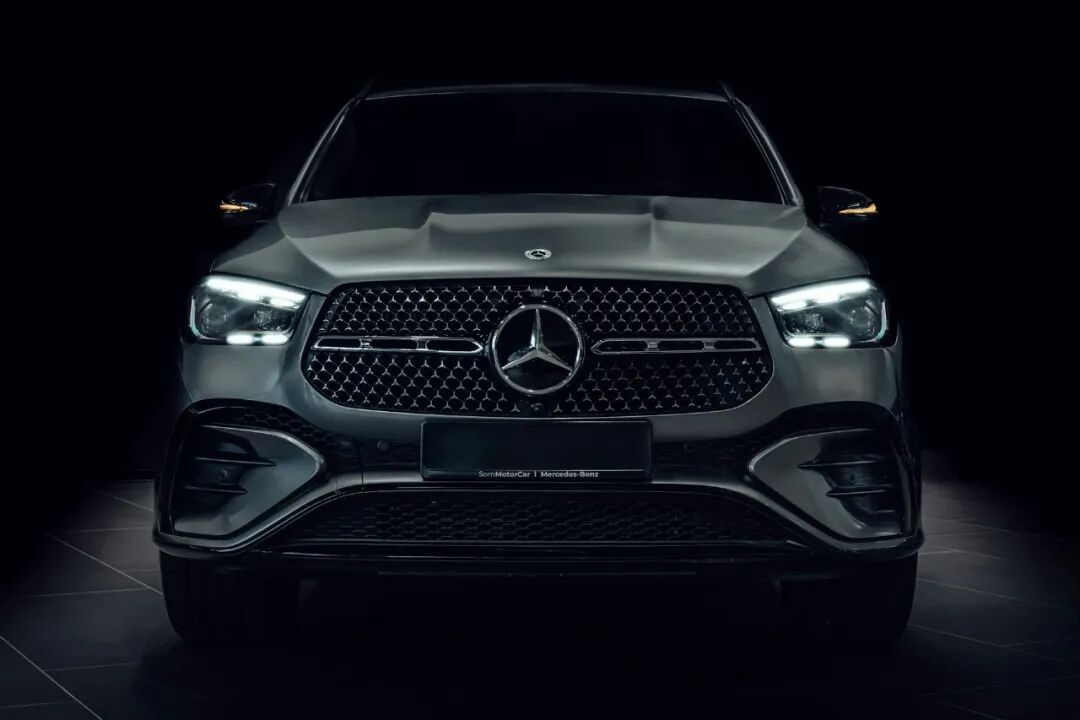
02 What Has Caused the Sudden Decline in German Cars' Popularity?
Faced with the continuous sales slump of German luxury cars, how should we interpret this trend? What factors have contributed to their sudden loss of popularity?
Firstly, German cars once held an unassailable dominant position in the Chinese market. Looking back at the history of China's automotive market, German luxury brands quickly established a strong brand presence with their long industrial legacy, exquisite mechanical design, rigorous manufacturing processes, and absolute control over core technologies. From the 1990s to the early 21st century, owning a 'BBA' car was not only a symbol of status but also a benchmark for success. The phrase "riding in a Mercedes, driving a BMW" encapsulated the aspirations of many Chinese at the time.
At that time, China's domestic automotive industry was still in its infancy, struggling to match German carmakers in terms of technological accumulation, brand recognition, and manufacturing standards. German cars dominated the Chinese luxury car market with their superior core technologies in traditional fuel vehicles, such as engines, transmissions, and chassis tuning. Consumers had unwavering faith in 'German quality,' associating it with precision, reliability, and high-end standards. This brand loyalty, once established, proved resilient, allowing German luxury cars to command premium prices and substantial market shares in China for an extended period, almost becoming synonymous with luxury vehicles. A popular joke at the time even claimed that Shanghai had more Mercedes and BMWs than General Motors and Fords, reflecting this consumption trend.

Secondly, the comprehensive 'overtaking on a curve' by domestic new energy vehicles (NEVs). With China's sustained economic growth and rapid automotive industry development, particularly the explosion of the NEV revolution in the past decade, the market landscape has undergone fundamental changes. China has achieved a 'overtaking on a curve' in the NEV sector, leveraging its vast market size, comprehensive supply chain system, and strong policy support. Chinese NEV manufacturers, such as BYD, NIO, Li Auto, XPeng, and AITO, have rapidly advanced in 'three electric' technologies (batteries, electric motors, and electronic control). They have not only improved driving range, charging efficiency, and intelligence but also redefined 'luxury' through cutting-edge technologies like self-developed chips, intelligent cockpits, and autonomous driving.
Unlike German luxury cars that rely on traditional internal combustion engine technologies, Chinese carmakers have embraced electrification and intelligence from the outset, free from historical burdens, enabling them to be more agile in technological innovation and product iteration. For instance, BYD's battery technology has resolved the safety-energy density trade-off, NIO's battery swap model has enhanced energy replenishment efficiency, and Li Auto has created bestsellers by accurately understanding user needs. These innovations have not only met consumers' demands for environmental protection, intelligence, and technological sophistication but also achieved a 'dimensionality reduction strike' against traditional luxury cars in terms of user experience. In recent years, a notable shift has occurred, with consumers previously targeting Mercedes and BMW increasingly turning to domestic NEVs, no longer perceiving them as significantly inferior to traditional German luxury cars. Moreover, domestic NEVs have made configurations that were once optional on some traditional German luxury cars standard, further eroding their perceived value in consumers' minds.
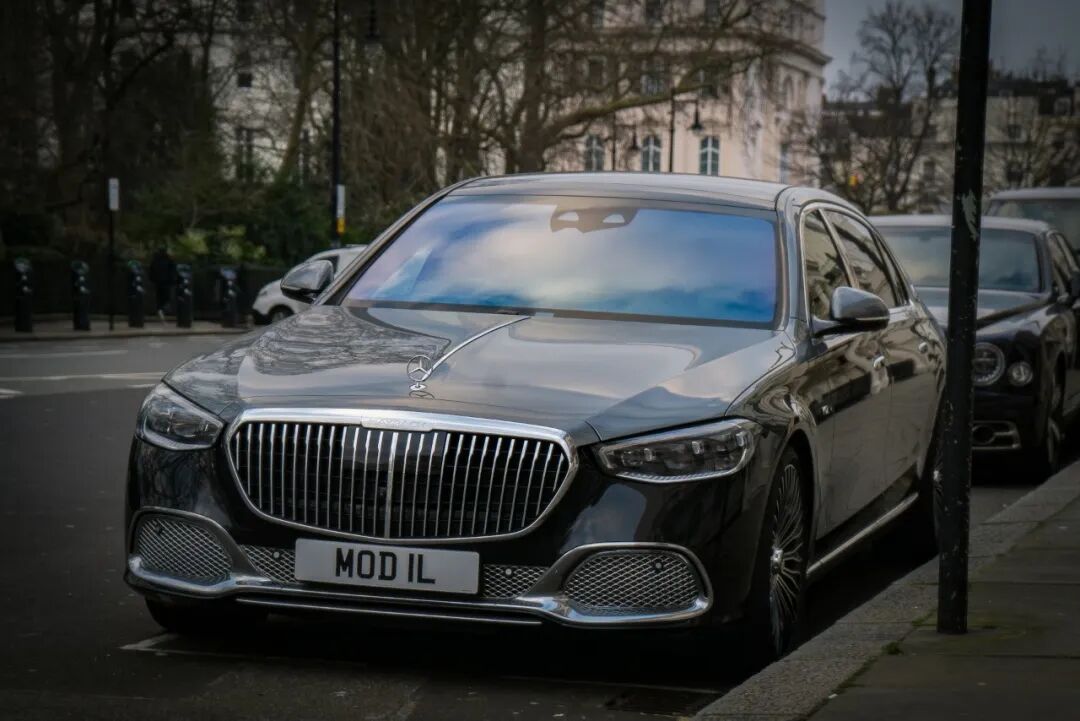
Thirdly, domestic cars have begun to catch up and even surpass German cars in terms of design and quality. With the accumulation of market advantages, domestic brands have not rested on their laurels but have delved deeper into details, focusing on industrial design and quality improvement. They have hired internationally renowned designer teams to incorporate fashionable and dynamic elements into vehicle styling, creating modern and uniquely individual appearances. In terms of interiors, high-quality materials and exquisite craftsmanship are used to create a luxurious and comfortable driving environment. For example, BYD's Yangwang and Zunjie series have achieved breakthroughs in industrial design through continuous refinement.
Simultaneously, strict quality control is implemented during production, with advanced quality management systems and automated production equipment ensuring each vehicle meets high standards. Additionally, domestic brands have leveraged their localization advantages to deeply understand Chinese consumers' needs, preferences, and usage habits, conducting targeted product optimization and functional upgrades. For instance, the chassis suspension system has been strengthened to cope with China's complex road conditions, and rich in-vehicle intelligent systems and convenient human-machine interaction interfaces have been equipped to meet consumers' demands for intelligent connectivity. These measures have comprehensively enhanced the competitiveness of domestic brand products, successfully attracting an increasing number of consumers.
Fourthly, German luxury cars have been 'slow off the mark' in the NEV market. In contrast, traditional luxury car brands, especially long-standing German ones, have appeared sluggish on the NEV track. On the one hand, they have relied too heavily on past glories and traditional models, responding sluggishly to emerging market changes. In terms of technological research and development, although they have made investments, their innovation efforts pale in comparison to the rapid advancements of Chinese NEV manufacturers. For example, in the field of autonomous driving technology, domestic brands have achieved advanced-level assisted driving functions and are progressing towards fully autonomous driving, while some German luxury cars are still at the basic stage.
On the other hand, the organizational structures of traditional luxury car brands are relatively rigid, with lengthy and complex decision-making processes, resulting in slow product launches and an inability to promptly respond to market demand changes. Moreover, due to their long-standing market dominance, some companies have developed complacent attitudes, neglecting consumers' new demands for environmental protection, energy conservation, and intelligence. This self-imposed isolation has gradually caused them to lose their first-mover advantages in the NEV sector, with their market shares being continuously eroded by domestic brands. Their once-loyal high-end customer base has also begun to shift towards domestic NEV models that offer a greater sense of technology and cost-effectiveness.
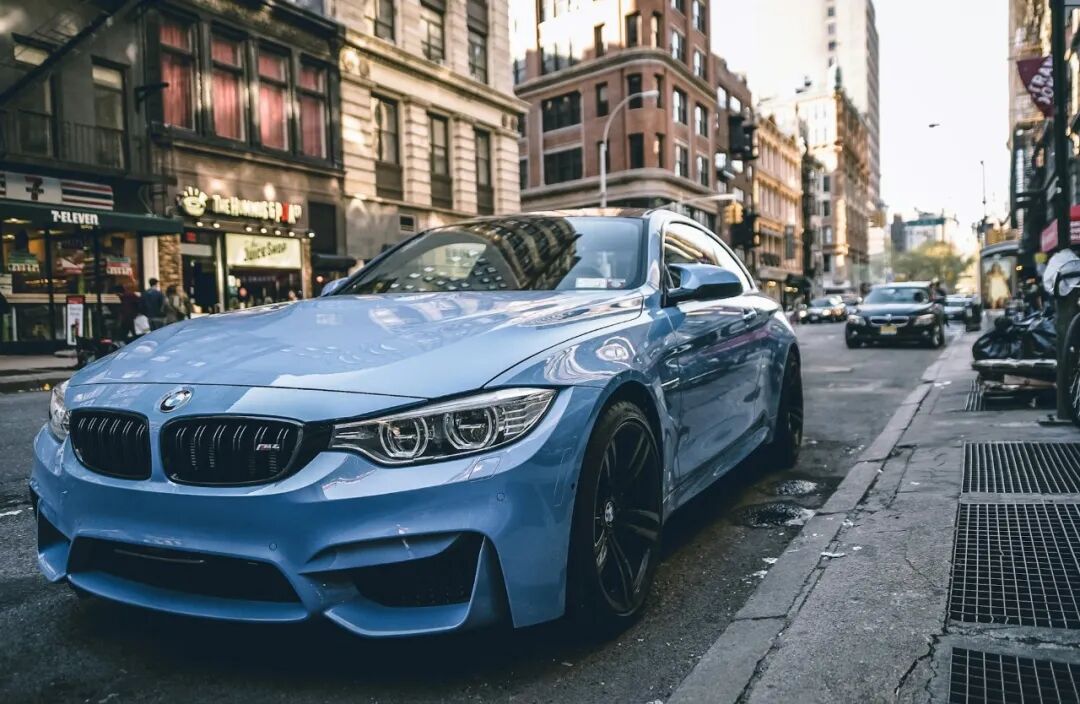
Fifthly, what should German luxury car manufacturers do? For long-established German luxury carmakers, their past success stemmed from their profound historical heritage and technological advantages. However, these once 'moats' may now become shackles that constrain innovation in the new era. To maintain their high-end status in the fierce market competition, relying solely on brand luster and traditional advantages is insufficient. True competitiveness comes from continuous innovation capabilities and keen insights into market changes. German carmakers must thoroughly transform their thinking, break free from their reliance on the fuel vehicle era, and truly make electrification and intelligence their strategic cores. They need to increase research and development investments in areas such as software-defined vehicles, autonomous driving, and intelligent cockpits, establish more flexible localized research and development teams, and deeply understand the unique needs of Chinese consumers. In this era of continuous change, innovation is the only source of long-term competitiveness, which is undoubtedly what long-standing German luxury car manufacturers need to prioritize.
Countless cases tell us that there are no eternal undefeated champions in this world. Only by continuously innovating and enhancing one's competitiveness can one maintain a sustained competitive advantage in the fierce market competition. German luxury car manufacturers are no exception.
Daily Quote: There are only two ways for a tragedy to end: one is Shakespearean, and the other is Chekhovian. In a Shakespearean tragedy, although there may be some sense of justice hovering in the sky, the stage is already littered with corpses. In contrast, in a Chekhovian tragedy, everyone feels disillusioned, bitter, heartbroken, disappointed, and exhausted at the end, but they are all still alive. ——Amos Oz


